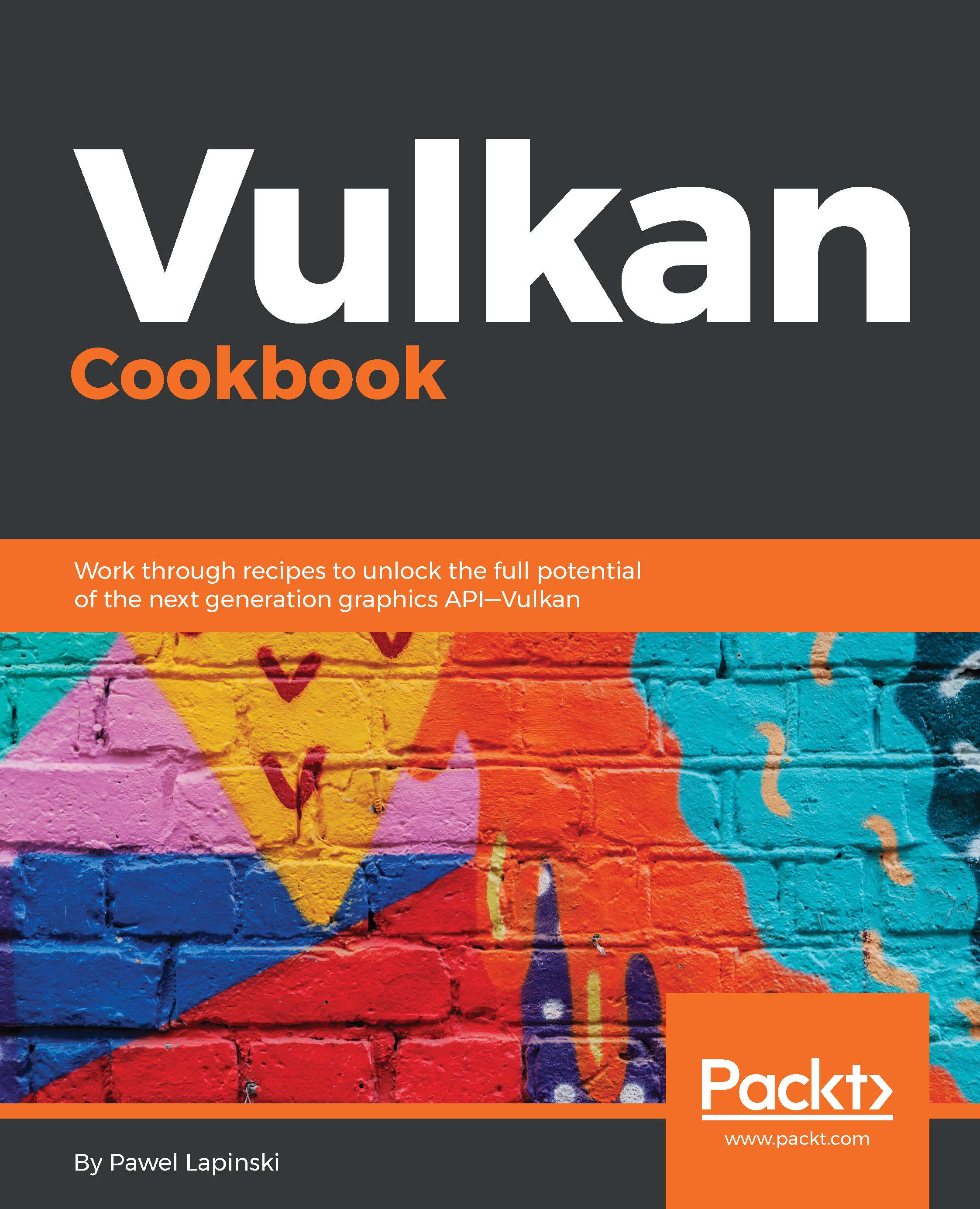In this chapter, we will cover the following recipes:
- Creating a shader module
- Specifying pipeline shader stages
- Specifying a pipeline vertex binding description, attribute description, and input state
- Specifying a pipeline input assembly state
- Specifying a pipeline tessellation state
- Specifying a pipeline viewport and scissor test state
- Specifying a pipeline rasterization state
- Specifying a pipeline multisample state
- Specifying a pipeline depth and stencil state
- Specifying a pipeline blend state
- Specifying pipeline dynamic states
- Creating a pipeline layout
- Specifying graphics pipeline creation parameters
- Creating a pipeline cache object
- Retrieving data from a pipeline cache
- Merging multiple pipeline cache objects
- Creating a graphics pipeline
- Creating a compute pipeline
- Binding a pipeline object
- Creating a pipeline layout with a combined image sampler, a buffer, and push constant...


